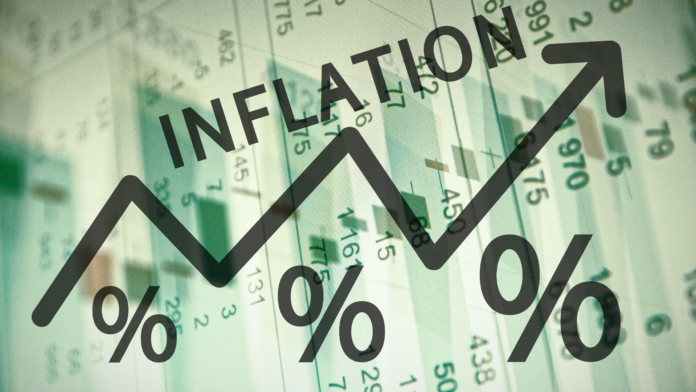The U.S. core inflation index beat estimates for the third consecutive month, a persistent sign of price pressures that will likely delay any interest rate cut by the Federal Reserve (Fed) until later this year.
The underlying consumer price index, which excludes energy and food, rose 0.4% from February, according to data released by the U.S. government on Wednesday. Since last year, it has advanced 3.8%, remaining unchanged from the previous month’s figure.
Economists estimate that the core index is a more accurate indicator of inflation than the overall CPI. The gauge rose 0.4% from last month and 3.5% from a year ago, an acceleration from February, boosted by higher energy prices according to the Bureau of Labor Statistics.
Wednesday’s report adds to evidence that progress in controlling inflation may be stalling, despite the Federal Reserve holding interest rates at a two-decade high. With the strong labor market continuing to drive household demand, officials want more evidence of cooling price pressures before they ease borrowing costs.
Treasury yields and the dollar (USD) rose in price, while S&P 500 index futures slipped. The release of the minutes from last month’s Fed meeting is still pending and will occur later today.
Core CPI for the past three months rose an annualized 4.5%, the largest increase since May
Gasoline and housing accounted for more than half of the total monthly advance, the BLS said. In the same month, the costs of car insurance, medical care, and clothing increased, while prices for both used and new automobiles fell.
Housing prices, which are the largest category within services, increased 0.4% for a second month. Homeowners’ equivalent rent also increased by the same amount.
Excluding housing and energy, services prices accelerated to 4.8% from a year ago, the most since April last year.
While central bankers have emphasized the importance of that metric when analyzing the trajectory of inflation in the country, they calculate it based on a separate index.
Known as the personal consumption expenditures price index, this measure does not give as much weight to housing as the CPI does, which partly explains why the PCE usually aligns more closely with the Fed’s 2% target.
Officials will review another PCE report and the producer price index before their next monetary policy meeting scheduled for May 1. Fed officials have effectively ruled out a rate cut at this time.



